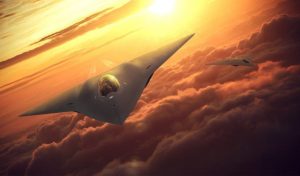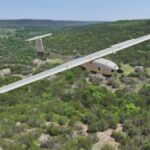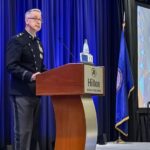
The U.S. Air Force is using digital engineering to field advanced systems rapidly and reduce sustainment costs in a variety of programs, including the Boeing [BA] T-7A trainer and the Northrop Grumman [NOC] Ground Based Strategic Deterrent (GBSD) to replace the Boeing Minuteman III intercontinental ballistic missile. But the service plans to use an eSeries approach only for programs that require rapid spiral development to keep ahead of threats. As such, eSeries programs include the Next-Generation Air Dominance (NGAD) fighter, which…














